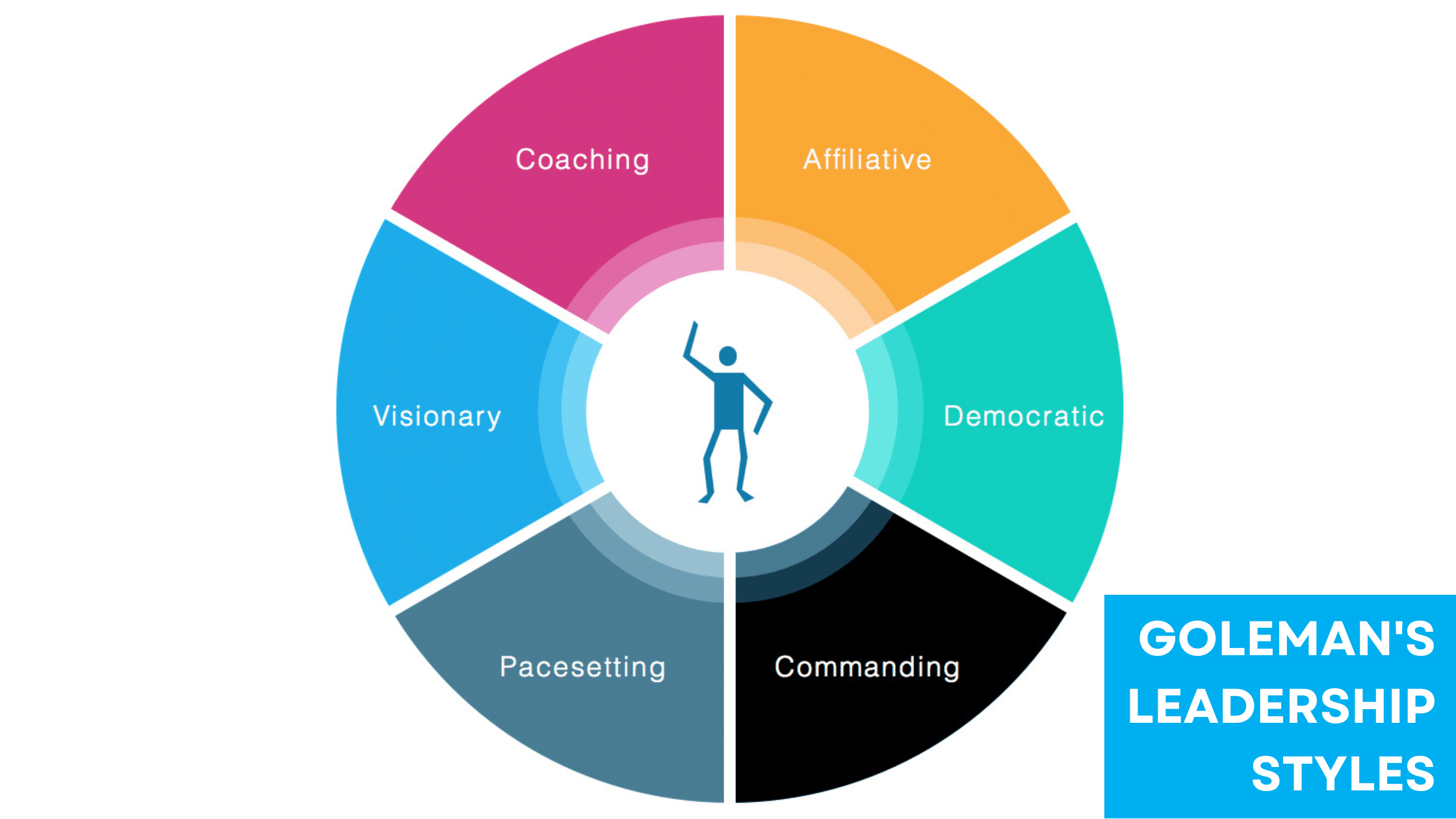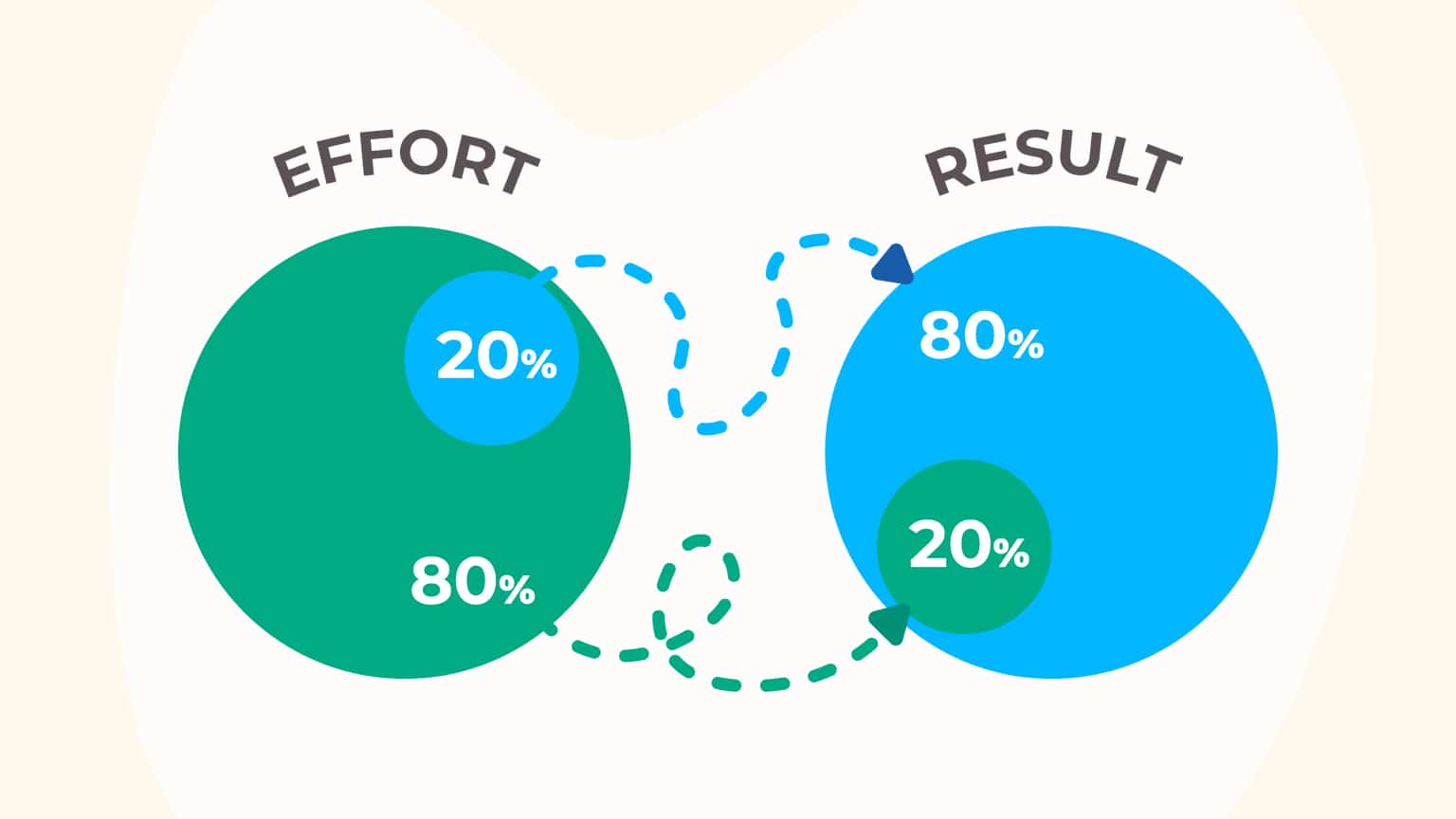Setting Success-Oriented Goals
Goal setting is a key part of starting the new year strong. Good goals push you forward while staying within reach.
They also match up with your big-picture plans.
Crafting Realistic Objectives
Setting realistic goals helps ensure success.
A person should aim high but keep things doable.
They can break big goals into smaller steps.
For example:
- Daily: Read 20 pages
- Weekly: Finish 1 chapter
- Monthly: Complete 1 book
This approach makes progress clear. It also builds momentum.
People often find it helpful to write goals down and track them.
Smart goals use the SMART method:
- Specific
- Measurable
- Achievable
- Relevant
- Time-bound
Using this method increases the odds of reaching objectives.
Aligning Goals with Your Vision
Goals should fit a person’s larger vision for their life or career. This keeps them motivated and on track.
One way to do this is to picture the ideal future and work backward.
Questions to ask:
- Where do I want to be in 5 years?
- What skills do I need to get there?
- What small steps can I take now?
Matching goals to values also helps.
This ensures the work feels meaningful. It pushes people to keep going when things get tough.
Regular check-ins are key. They let a person adjust goals as needed.
This keeps the goals fresh and relevant to their changing vision.
Developing a Strategic Q1 Plan
A well-crafted Q1 plan sets the tone for the entire year. It helps businesses capitalize on post-holiday momentum and align teams around key objectives.
Evaluating Post-Holiday Opportunities
The period after the holidays presents unique chances for growth.
Many companies see a surge in gift card redemptions and returns, creating chances to upsell or cross-sell.
Analyze holiday sales data to spot trends. Which products performed well? Were there unexpected hits?
This info can guide inventory decisions.
Consider running “New Year, New You” promotions.
These can appeal to customers looking to make positive changes.
Fitness gear, organizational tools, and self-improvement products often do well.
Q1 is a great time to test new strategies on a small scale.
Try out fresh marketing approaches or product lines.
Use the results to refine plans for later quarters.
Prioritizing Initiatives
With limited resources, it’s crucial to focus on high-impact projects.
Start by listing all potential Q1 initiatives. Then, rank them based on expected ROI and alignment with yearly goals.
Consider these factors when prioritizing:
- Resource requirements
- Potential revenue impact
- Long-term strategic value
- Urgency or time-sensitivity
Develop a clear roadmap for each chosen initiative.
Break larger projects into smaller, manageable tasks. Assign clear owners and deadlines to each.
Be prepared to adjust plans as needed.
Regular check-ins can help teams stay on track and pivot if circumstances change.
Maximizing Personal Productivity
After the holidays, it’s crucial to boost productivity for a successful start to the year.
Focus on increasing energy levels and managing time effectively to achieve more in less time.
Boosting Energy Levels
Getting enough sleep is key to maintaining high energy.
Aim for 7-9 hours per night and stick to a consistent sleep schedule.
This helps regulate the body’s internal clock and improves overall alertness.
Eat a balanced diet rich in fruits, vegetables, and lean proteins.
These foods provide steady energy throughout the day. Avoid sugary snacks that cause energy crashes.
Regular exercise increases stamina and focus.
Even short 10-minute walks can improve productivity.
Try to fit in 30 minutes of moderate activity most days of the week.
Stay hydrated by drinking water throughout the day.
Dehydration can lead to fatigue and decreased mental performance.
Time Management Techniques
Start each day by prioritizing tasks.
Use a simple system like the Eisenhower Matrix to categorize tasks by urgency and importance. Focus on high-priority items first.
Break large projects into smaller, manageable steps.
This makes big tasks less overwhelming and easier to tackle.
Use time-blocking to schedule specific activities.
Dedicate uninterrupted chunks of time to important work. This helps maintain focus and reduces multitasking.
Take regular breaks to prevent burnout.
The Pomodoro Technique suggests working for 25 minutes and then taking a 5-minute break.
This keeps the mind fresh and productive.
Limit distractions by turning off notifications on devices.
Set specific times to check emails and messages instead of constantly responding.
Emphasizing Physical and Mental Health
After the holiday season, prioritizing physical and mental health is crucial for a strong start to Q1.
Regular exercise boosts energy levels and improves overall well-being. Even short 15-minute workouts can make a big difference.
Nutrition also plays a key role in maintaining health.
Eating balanced meals with plenty of fruits, vegetables, and lean proteins helps fuel the body and mind. Staying hydrated is equally important.
Mental health deserves just as much attention as physical health.
Self-care practices like meditation, journaling, or talking to a friend can help manage stress and boost mood.
Getting enough sleep is essential for both physical and mental health.
Aim for 7-9 hours of quality sleep each night. This helps restore energy and improves focus during the day.
Quick Tips for Health and Energy:
- Take regular breaks during work
- Practice deep breathing exercises
- Limit caffeine intake, especially in the afternoon
- Engage in hobbies or activities you enjoy
- Set realistic goals and celebrate small wins
Balancing physical and mental well-being is an ongoing process. Be patient with yourself and make small, sustainable changes for long-term success.
Maintaining Work-Life Harmony
The start of a new year brings fresh challenges for professionals striving to balance work and personal life. Work-life harmony is key to success and well-being in Q1 and beyond.
Setting clear boundaries is crucial.
Employees should establish specific work hours and stick to them. This helps create a mental separation between professional and personal time.
Creating a dedicated workspace at home can boost productivity.
It allows individuals to “leave work” at the end of the day, even when working remotely.
Regular breaks throughout the day are essential.
Short pauses help maintain focus and energy levels. A quick walk or stretch can do wonders for mental clarity.
Prioritizing tasks is another vital skill.
Professionals should focus on:
- High-impact projects
- Urgent deadlines
- Tasks aligned with long-term goals
Integrating well-being practices into daily routines supports overall health.
This can include exercise, meditation, or hobby time.
Communication with colleagues and supervisors is critical.
Being clear about availability and workload helps manage expectations and reduces stress.
Lastly, professionals should remember that perfect balance isn’t always possible.
Flexibility and adaptability are key to maintaining work-life harmony in the long run.
Harnessing the Power of Coaching
Coaching can be a game-changer for starting the year strong. It provides personalized guidance and creates structures to keep you on track toward your goals.
Seeking Professional Guidance
A coach can help you set clear, achievable goals for Q1.
They bring fresh perspectives and proven strategies to overcome challenges.
Look for a coach with experience in your industry or specific area of focus.
Team coaches can guide group discussions and help teams tackle important issues together.
This can be especially valuable after the holidays when teams need to realign.
Consider these coaching options:
- One-on-one executive coaching
- Group coaching sessions
- Specialized skill-based coaching
A good coach will push you out of your comfort zone and help unlock your potential for success.
Building Accountability Structures
Coaches help create systems to keep you accountable.
They may use tools like:
- Weekly check-ins
- Progress tracking apps
- Goal-setting worksheets
Regular meetings with a coach provide deadlines and motivation to follow through on commitments.
Strengths-based coaching focuses on leveraging your natural talents.
This approach can boost confidence and lead to quicker wins in Q1.
Peer accountability groups can complement professional coaching.
These groups offer support and friendly competition to drive results.
Remember, the coach-client relationship is a partnership.
Be open to feedback and willing to put in the work for the best results.
Effective Team Building Strategies
Building a strong team after the holidays is key to a successful Q1. These strategies help create a supportive work environment and boost team morale.
Fostering a Collaborative Environment
Start the new year with team-building activities.
Plan a fun outing or game day to reconnect after the holiday break. This helps ease the transition back to work.
Set clear goals for Q1 as a team.
Get everyone’s input on priorities and challenges. This creates a sense of shared purpose and ownership.
Create open channels for communication.
Use tools like Slack or Microsoft Teams for quick chats. Set up regular check-ins to keep everyone in the loop.
Encourage idea sharing.
Hold brainstorming sessions where all ideas are welcome. This sparks creativity and makes team members feel valued.
Encouraging Team Resilience Post-Holidays
Acknowledge the post-holiday slump. It’s normal for energy to be low after time off.
Talk about it openly and plan ways to boost motivation.
Set realistic expectations for January.
Don’t push for peak performance right away. Gradually ramp up the workload to avoid burnout.
Celebrate small wins.
Recognize team efforts and progress, no matter how small. This builds confidence and momentum.
Provide learning opportunities.
Offer workshops or courses to develop new skills. Learning together strengthens team bonds and improves performance.
Promote work-life balance.
Encourage breaks and reasonable work hours. A refreshed team is more productive and creative in the long run.
Financial Planning for the New Quarter
Smart financial planning sets the stage for success in the first quarter. It allows businesses to seize opportunities and stay ahead of challenges.
Budgeting for Business Growth
Creating a detailed budget is key for Q1 growth. Start by reviewing last year’s financials to spot trends and areas for improvement.
Set realistic revenue targets based on market conditions and company goals.
Break down expenses into fixed and variable costs. Look for ways to trim unnecessary spending.
Consider investing in areas that drive growth, like marketing or new product development.
Build in a buffer for unexpected expenses. This can help weather surprises without derailing growth plans.
Use budgeting software to track spending in real time. Regular check-ins help keep finances on track throughout the quarter.
Allocating Resources Wisely
Smart resource allocation maximizes Q1 potential.
Prioritize projects that align with key business objectives. Assess each initiative’s potential return on investment.
Allocate funds to boost retirement savings and employee benefits. This can improve morale and productivity.
Consider outsourcing non-core functions to free up internal resources. This allows focus on high-value activities that drive growth.
Invest in technology that increases efficiency. This might include automation tools or improved data analytics.
Set aside funds for employee training and development. Skilled teams are better equipped to tackle Q1 challenges and opportunities.

Leadership Skills for a Strong Start
Strong leadership is crucial for a successful start to the new year. Effective leaders communicate their vision clearly and inspire their teams to reach new heights.
Communicating Your Vision
Leaders must share their vision for success with clarity and enthusiasm.
They should outline specific goals and explain how each team member contributes to the bigger picture.
Clear communication helps everyone understand their roles and responsibilities.
Leaders can use various methods to convey their vision:
• Team meetings • One-on-one discussions • Visual aids like charts or presentations
It’s important to be open to questions and feedback. This shows that the leader values input from the team.
Regular updates on progress toward goals keep everyone aligned and motivated. Leaders should celebrate small wins along the way to maintain momentum.
Inspiring Your Team to Excel
Successful leaders motivate their teams to perform at their best. They create an environment where people feel valued and empowered to contribute their ideas.
Inspiration comes in many forms:
• Recognizing and praising good work • Providing opportunities for growth and development • Leading by example with a strong work ethic
Leaders should show confidence in their team’s abilities. This builds trust and encourages people to take on challenges.
Setting stretch goals can push the team to new levels of achievement. However, it’s crucial to provide the necessary support and resources for success.
Fostering a positive team culture helps maintain high morale and productivity. Fun team-building activities can strengthen relationships and boost motivation.
Implementing Effective Marketing Strategies
The post-holiday period offers unique opportunities to engage customers and boost sales. Smart marketers can capitalize on consumer behaviors and trends to start the year strong.
Leveraging Post-Holiday Trends
Many shoppers have gift cards and holiday cash to spend in January. Businesses can attract these customers with targeted promotions.
Offering New Year’s resolution-themed products or services can tap into consumer goals.
Winter clearance sales appeal to bargain hunters. Marketers should highlight discounts on seasonal items. Email campaigns can remind customers about unused gift cards.
Social media ads featuring cozy indoor products work well during cold months. Promoting comfort foods, home decor, and indoor activities can resonate with audiences.
Cultivating Consumer Engagement
Interactive content like quizzes or polls keeps customers involved.
New Year-themed contests can boost social media engagement. User-generated content campaigns encourage customers to share experiences with a brand.
Personalized email marketing helps maintain connections.
Segmenting lists based on holiday purchases allows for tailored follow-ups. Loyalty program reminders can motivate repeat business.
Content marketing with helpful tips for the new year provides value.
Blog posts or videos on topics like organization or health can attract traffic. Offering exclusive content to email subscribers builds relationships.
Optimizing Operations for Peak Performance
The first quarter of the year offers a prime opportunity to streamline operations for peak performance. Companies can take several steps to boost efficiency and drive success.
One key strategy is to set clear goals for the sales operations team. This helps focus energy and resources on the most important tasks.
Another effective approach is to refine processes. Businesses should identify and eliminate bottlenecks that slow down productivity. This can lead to smoother workflows and better results.
Leveraging technology is crucial for optimization. Modern software tools can automate routine tasks, freeing up time for more strategic work.
Data analysis plays a vital role in improving operations. Companies should track key performance indicators (KPIs) to measure progress and identify areas for improvement.
Employee training is also essential. Well-trained staff can perform their duties more efficiently, contributing to overall operational excellence.
Lastly, fostering a culture of continuous improvement can drive long-term success. Encouraging team members to suggest and implement enhancements keeps the company evolving and performing at its best.
Evaluating and Adjusting Business Processes
Successful businesses regularly review their processes to stay competitive and seize new opportunities. This practice helps companies adapt to changing market conditions and improve their operations.
Continuous Improvement Tactics
Companies can use several tactics to improve their processes.
One approach is to gather input from employees who work closely with these processes daily. Their insights often reveal areas for improvement that managers might miss.
Another tactic is to set up a system for tracking key performance indicators (KPIs). This allows businesses to measure the success of their processes objectively.
Regular process audits can also help. These reviews can spot inefficiencies and bottlenecks that slow down operations.
Implementing automation where possible can streamline workflows and reduce errors. This frees up staff to focus on higher-value tasks.
Agility in Responding to Market Changes
Evaluating market opportunities is crucial for business success. Companies need to stay alert to shifts in customer needs and industry trends.
One way to do this is by conducting regular market research. This helps businesses spot new opportunities and potential threats early.
Creating cross-functional teams can improve a company’s ability to respond quickly to changes. These teams bring together diverse skills and perspectives.
Flexible planning is also important. Businesses should be ready to adjust their strategies as new information comes in.
Testing new ideas on a small scale before full implementation can reduce risks. This approach allows companies to learn and adapt without major disruptions.
Takeaways
Q1 is a great time for small businesses to get ahead. The post-holiday slowdown offers a chance to plan and set up for success.
Here are key points to remember:
- Reach out to holiday shoppers with a simple thank you. This builds relationships and can lead to repeat business.
- Set clear goals for the quarter. Break them down into manageable steps.
- Review last year’s performance. Use this info to make informed decisions for the coming year.
- Celebrate wins and recognize team contributions. This boosts morale and sets a positive tone for Q1.
- Create a strategic marketing plan. Focus on channels that worked well in the past year.
- Update your business plan. Adjust for any changes in the market or your industry.
Businesses that take these steps can position themselves for a strong start to the new year. Q1 planning is vital for long-term success.



